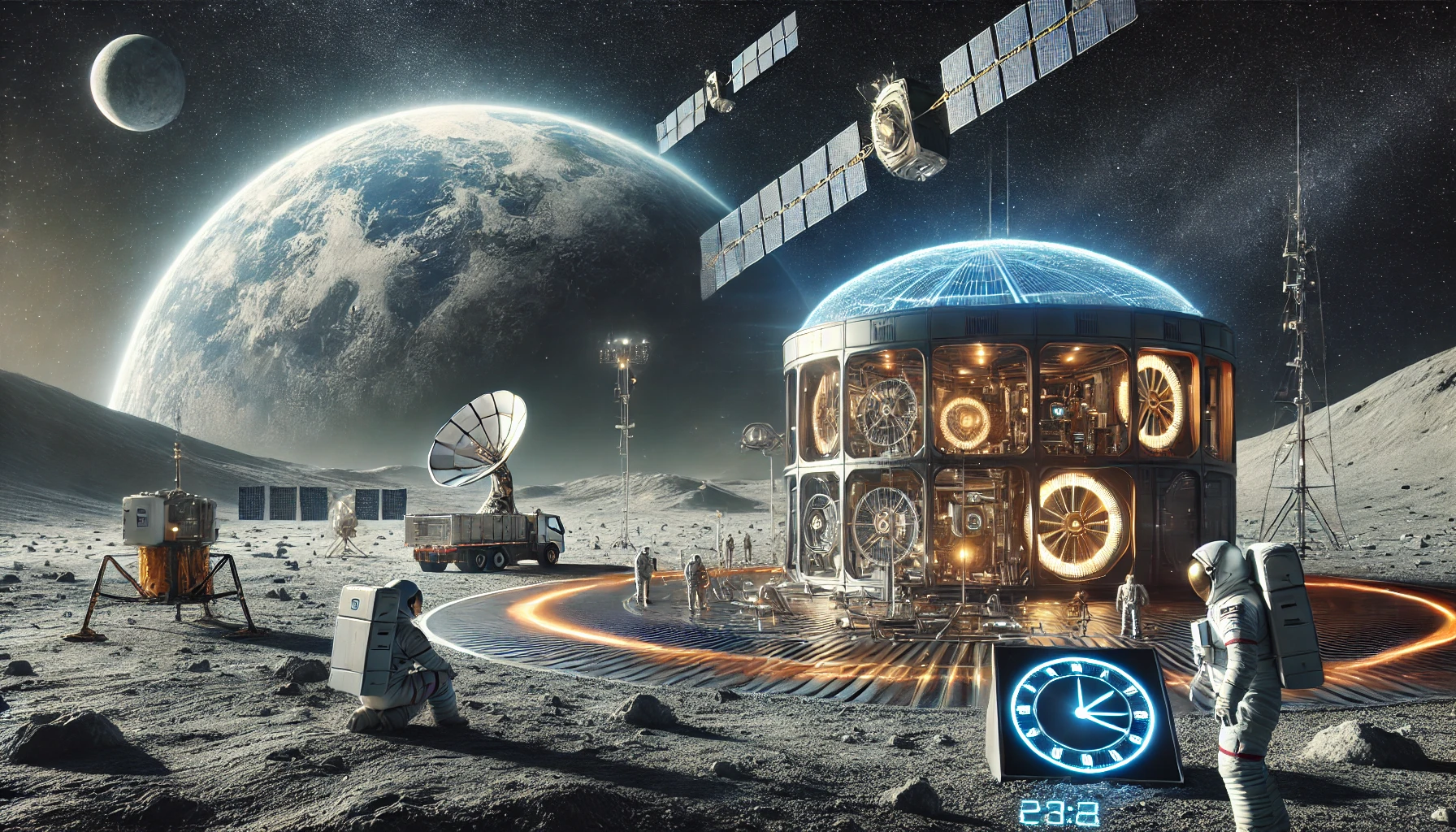Exploring Lunar Time: How Time Flows Differently on the Moon
With more significant plans in the pipeline, arguably now encapsulated by NASA’s Artemis, questions such as these about the time and how it operates emerge: Ranging from the variations in time flow, insects’ and humans’ time perception and the difficulties in determining the synchronized lunar time, knowledge of lunar time is crucial for the future lunar missions.
Does Time Go Differently on the Moon?
Indeed, it is true and backed by the theory of general relativity that time operate at different rhythm of Moon when compared with Earth. Moon has been observed to have its clocks running about 56 microseconds ahead of the earth’s every day. The difference here is due to the lesser force of gravity of the Moon hence time takes little bit longer to move compared to what happens on the surface of the Earth.
This difference is also augmented by the fact that the Moon is relative to the earth in motion all the time. Even these differences are significant and are needed for great accuracy in navigation and communication devices used in space explorations. Failing to correct for this time difference, errors would compound, and navigation would deviate by up to 17 kilometers daily—an unsuitable scenario for Artemis missions.
Is It the Same Time on the Moon?
No, the concept of time on the moon is very different from that on earth, this is because the principles governing the measure of time on earth are not observable, and or are not true on the moon. Last year, the White House issued instructions to create a single lunar time standard, reflecting global interest in lunar missions in 2024. Its purpose is to enlist all the pivotal calendar time frames which will create the successful functioning of the missions and operations on the Moon.
Creating a lunar time standard involves accounting for factors such as:
- The Moon’s weaker gravity
- Its motion relative to Earth
- The impact of tidal forces from celestial bodies like the Sun and Jupiter
Specifically, theoretical physicists Bijunath Patla and Neil Ashby of the National Institute of Standards and Technology (NIST) worked forward to the end of this year to obtain, for example, a 56 N-s delay of lunar time relative to solar time. Other authors have corroborated these results and noted other effects that need to be modeled to obtain realism for navigation and communication.
Why Does the Moon Appear Differently at Times?
The Moon looks different from the Earth because of its phases and position In its orbit. But, when viewing time differences, its gravity and even movement in relation to the earth seems to matter even more.
According to Einstein there is something known as the theory of relativity which states that by gravitational force affects the time. On Earth, gravity is relatively strong and it slows up time and in contrast, moon has weaker gravitation pull that makes time run faster. This phenomenon impacts not merely the time; more specifically it also interferes with positioning of spacecrafts and Accuracy of communication networks.
Also added by the motion of the Moon are changes to tidal forces which should be taken into account when establishing an international time management system. Stable locations, like Libration points in the Earth-Moon system, are being considered for new communication satellites: to support these initiatives.
Why Lunar Timekeeping Matters
Establishing a universal time standard on the Moon is a critical step toward creating a sustainable human presence on its surface. Time synchronization is essential for:
- Navigating the lunar environment
- Ensuring the safety of astronauts
- Coordinating international missions
While scholars keep improving the framework for lunar time, they are giving the human population the heads up regarding the intricacies of a lunar economy. Solving those issues today means securing the success of the missions performed tomorrow and helping the development of the extended lunar and interplanetary initiatives.
Learning that time rates are not the same on the Moon is not merely a scientific ash brought home; it is an essential epistemological gain, improving the prospect of the human experience beyond known frontiers of space.
